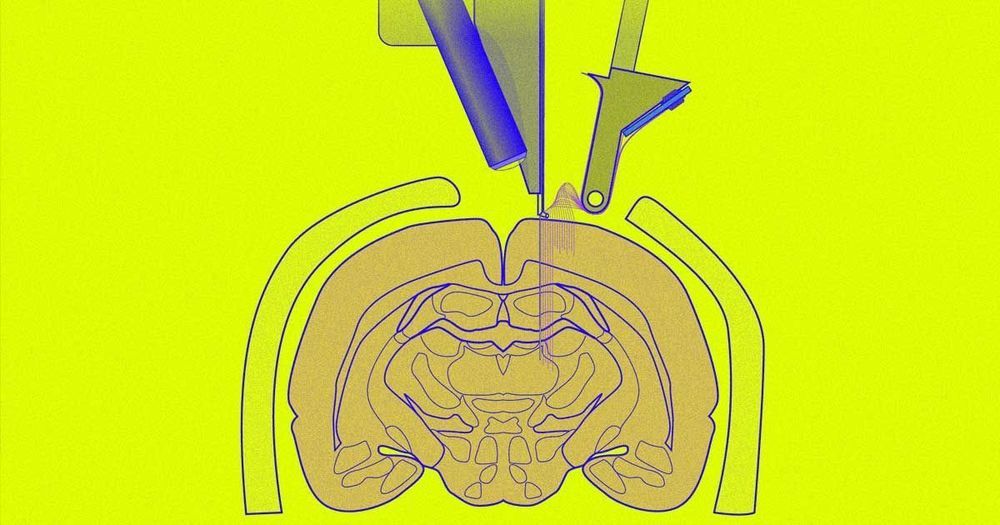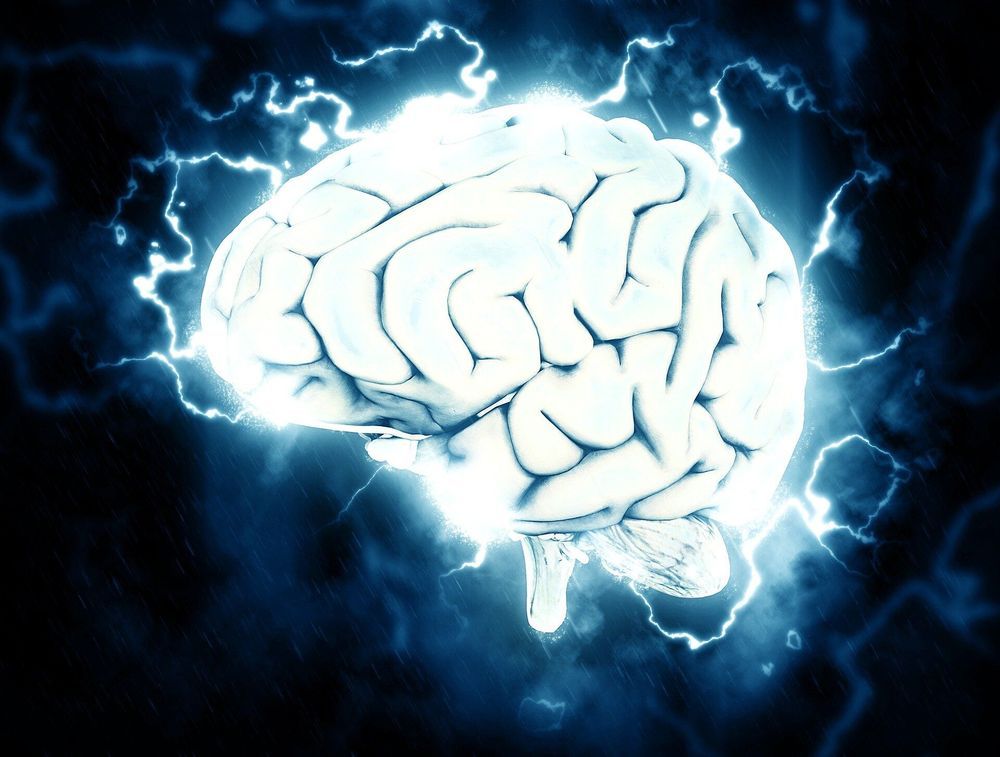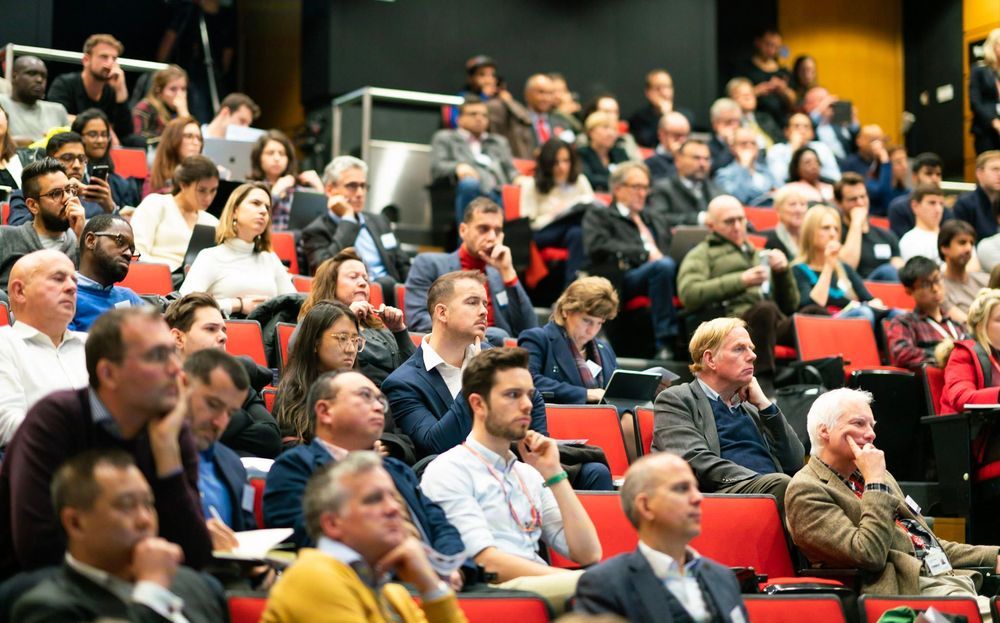Three physicists stumbled across an unexpected relationship between some of the most ubiquitous objects in math.





Children who have received radiotherapy for a brain tumor can develop cognitive problems later in life. In their studies on mice, researchers at Karolinska Institutet have now shown that the drug lithium can help to reverse the damage caused long after it has occurred. The study is published in the journal Molecular Psychiatry and the researchers are now planning to test the treatment in clinical trials.
Nowadays, four out of five children with a brain tumor survive. In the adult Swedish population, one in 600 people have been treated for childhood cancer, about one third of which were brain tumors. Many of them live with damage caused by the radiotherapy, which can cause deficiencies in memory and learning.
Researchers at Karolinska Institutet in Sweden now show that the memory capacity and learning capability of mice improve if lithium treatment is given after the irradiation of the brain. Mice that were irradiated early in life and then given lithium from adolescence until young adulthood performed just as well as mice who had not been given radiation. The researchers observed an increase in the formation of new neurons in an area that is important to the memory (the hippocampus) during the period in which they received lithium, but their maturity into full nerve cells only occurred once the lithium treatment was discontinued.


IF YOU LIKE THESE VIDEOS, YOU CAN MAKE A SMALL DONATION VIA PAYPAL or BITCOIN LINKS HERE: https://www.paypal.com/cgi-bin/webscr?cmd=_s-xclick&hosted_b…3G8SJ4ABT4
(paypal email: kenw111@insightbb.com)
MY BITCOIN: 19WnEPwjRHnnfiDpVFUni1A2Amqvxy4gud
Contact email: neoplatonist@icloud.com
Join my Youtube channel for special perks: https://www.youtube.com/channel/UCVcxJ9k14bi__-uA1cGkEcA/join


Deep Knowledge Group is delighted to have supported and participated in the landmark International Longevity Policy and Governance and AI for Longevity Summits that took place on November 12th at King’s College London, which gathered an unprecedented density and diversity of speakers and panelists at the intersection of Longevity, AI, Policy and Finance. The summits were organized by Longevity International UK and the AI Longevity Consortium at King’s College London, with the strategic support of Deep Knowledge Group, Aging Analytics Agency, Ageing Research at King’s (ARK) and the Biogerontology Research Foundation. Together they managed to attract the interest of major financial corporations, insurance companies, investment banks, Pharma and Tech corporations, and representatives of international governmental bodies, organisations and embassies, as well as leading media, and featured presentations and panel discussions from top executives and directors of Prudential, Barclays Business UK, HSBC, AXA, L&G, Longevity. Capital, Longevity Vision Fund, Juvenescence, the UK Office of AI, Microsoft, NVIDIA, Babylon Health, Huawei Europe, Insilico Medicine, Longevity International UK, the Longevity AI Consortium and others.
November 14, 2019, London, UK: Deep Knowledge Group executives Dmitry Kaminksiy and Eric Kihlstrom spoke at a landmark one-day event held yesterday at King’s College London with the strategic support Deep Knowledge Group. The event united two Longevity-themed summits under the shared strategic agenda of enabling a paradigm shift from treatment to prevention and from prevention to Precision Health via the synergistic efforts of science, industry, AI, policy and governance, to enable the UK to become an international leader in Healthy Longevity.

Earlier today, Genevieve O’Hagan updated Lifeboat readers on this week’s momentous event in Astronomy. At least, I find it fascinating—and so, I wish to add perspective…
30 years ago, astronomer Jack Hills demonstrated the math behind what has become known as the “Hills Mechanism”. Until this week, the event that he described had never been observed.* But his peer astronomers agreed that the physics and math should make it possible…
Hills explained that under these conditions, a star might be accelerated to incredible speeds — and might be even flung out of its galaxy: